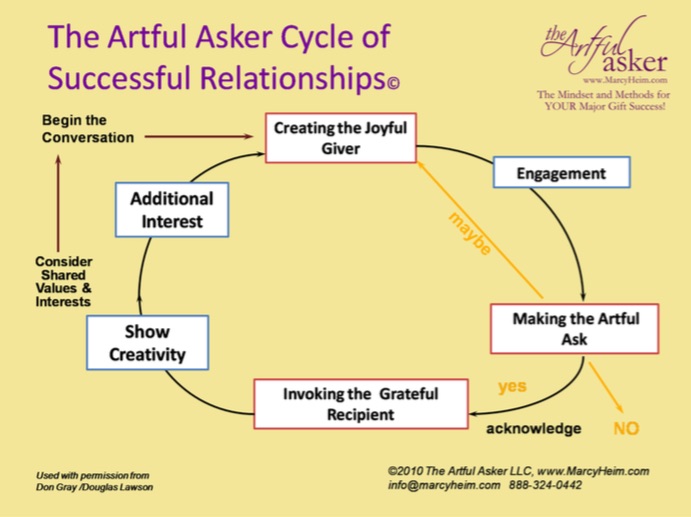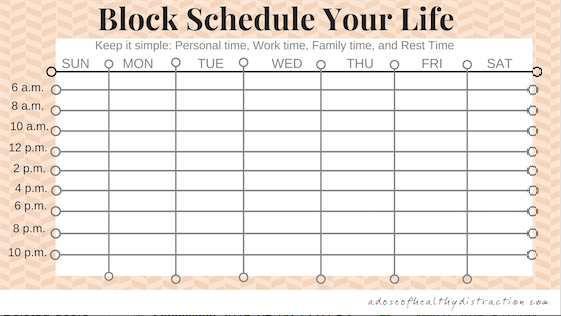Ever had a volunteer’s passion go to unhelpful extremes? Let me share a tale from my trip to South Africa.
We were told to bring candy, stickers and soccer balls, if we wished, for the fifty or so 1st to 8thgraders at a small black school near our safari camp. So with candy, stickers and 4 soccer balls my camp colleague, Stacy, and I arrived at the school with our host, Karon, who planned “excursions” of all kinds. She energetically explained her big goals for the school…if only she could raise the money. Clearly she was passionate about the place and spent considerable time as a volunteer there.
During Apartheid, Karon explained, black children were not educated. Period. Nothing. Today schools had been set up for these black children in very rural parts of the country, most at least 60 miles from the nearest town. Some went home at night to families that worked at the nearby safari camps. Others, with families far, far away, boarded at the school. We stopped briefly in 2 classrooms, passed out candy and took pictures. The oldest kids did not participate. Then Karon suggested we pick 4 children to receive the 4 soccer balls Stacy had brought. When we shook our heads, confused, Karon jumped in and selected 4 kids. Outside, with balls in hand, Karon told them “These are YOUR balls. You take them home. They belong to you – not the school.” This was not our intention so I said to Karon, “There has been a misunderstanding. These balls are for the school.” This triggered an emotional, detailed response about how Karon wanted these kids to have something to call their own. She dismissed the 4 selected kids and took us to see the new dining area without another word about the balls.
When we returned to the common area ALL the children were outside and the lead teacher was trying desperately to resolve a situation. The kids with the 4 soccer balls looked terrified. The older boys were wielding scissors and knives and stabbing in the air pointing to the kids, the balls and us. Now I stepped in loud enough for all to hear and slowly stated that these balls were the gift from my friend FOR EVERYONE. I looked at Karon directly and said she was free to give balls SHE purchased differently but she could not do this with the ones we brought. Karon objected, said we didn’t understand, burst into tears, and went to the car. I asked the teacher to explain to the kids, in Africanize language, that the balls were for the school – everyone. This generated applause during which Stacy marched right into the previously angry pack of older boys and ask them to promise her that they would not harm the balls or anyone else. As I held my breath, they agreed. The teacher said that Karon didn’t let her talk to the people who visited the school about what they really needed. We were dumped back at camp after a mostly silent ride. It was bizarre. While Karon certainly meant well, she clearly was channeling any safari visitors she could engage with a “visit a local school” excursion to HER ideas of what the school needed and even what the kids should value – clearly out of step with the culture.
Here are my top 10 reflections from my time in South Africa. Perspectives I humbly share and welcome your consideration and, of course, hit “reply” with your reactions.
1. People like people like themselves. We are most comfortable with people like us. Similar voice volume, jesters, language, interests. Same color, opinions, culture? We are, by nature, fearful of what is different from us. Stronger groups will separate out those who are “different” and label them as “lesser.” Generations believe what they are told is truth. We want people to be like us. But when we have an opportunity to really BE with others, and really examine our beliefs and actions, we discover we are really more alike and our old beliefs are simply not valid. Then begins the awkward actions to connect differently after a past of poor behavior. It’s so simple and so complicated. You can’t change action until you change thinking.
2. Wild animals are WILD animals. With visions of Disney personifying every critter I encountered in my head, seeing animals in their natural setting was a vivid reminder that nature is filled with wild, powerful animals fighting over females, food and territory. We eat them; they eat us and each other. While I saw them frolicking through the wide open preserves, our challenge to manage these animals on today’s planet earth complete with 7.6 billion people was clear. You can’t go back in time and magically have only 1 billion folks to share planet earth with.
3. What you reward you expand. If the government gives you money for children, you will have more children to get more money. This has no impact on how these children are cared for. Governments everywhere are challenged to think through how they “help” so it actually helps.
4. The roar of the ocean is a universal magnet. Every race, language, age and personality joined me on my daily walks along the shores of the Atlantic in Cape Town. And everyone responded in kind to a smile and English, “good morning.” I feel empowered with unlimited abilities to be, and do, anything by the ocean.
5. Water does not come out of every tap. In both Cape Town and Johannesburg airports bottles of hand sanitizer sat by dry sinks. Wash your face? Forget it. Dry water fountains sent me to purchase bottled water. Forget refilling. Limited toilet flushes and timed showers make me appreciate my abundance of water here.
6. Being silent is restorative. The long walks on Safari and by the ocean without a word, perhaps 2-3 hours at a time was a completely new experience for me. (Yes, I can shut up for that long.) The mind quiets and space is created. We need White Space.
7. Life goes better when you look together. Every day, even if I was just going to be in the bush, I dressed intentionally and totally. The days just go better when you start by making your bed.
8. Manners magnify relationship-building across cultures and languages. Somehow, “I beg your pardon” “Excuse me, sir” immediately brings people closer, even if you don’t understand the language. Manners count.
9. Oceans and sunsets and stars expand your possibilities. I could see the entire Milky Way Galaxy and feel the endless possibilities. The relentless crashing of the rough Atlantic Ocean waves into the shore was energizing. South African sunrises and sunsets speak volumes to the promise and beauty of life. I CREATE ME LIFE!
10. Rise ABOVE. There is constant reference to the life and legacy of Nelson Mandela. Many repeat one word – Rise. But NOT as in “rise against” but rather RISE ABOVE…Rise ABOVE hate, Rise ABOVE oppression, Rise ABOVE circumstances. It is a timeless and powerful message that says we don’t have to fight to make change. It comes from within each of us in small actions every day.

I challenge you to go somewhere out of your comfort zone and open yourself up to new beliefs. And thus we compose a good world.
Invest in JOY®


Marcy Heim is a trusted authority in the development profession and helps organizations and educational institutions boost their major gift programs through artful, long-term relationship building that dramatically increases fundraising success while promoting increased staff job satisfaction. To receive a free chapter from Marcy’s book, Empower Your Board to Serve as Effective Development Ambassadors, click here.
Questions: Contact KK Konicek at KK@MarcyHeim.com




















 Our brains get fried. We become mentally exhausted. There is a mindset
Our brains get fried. We become mentally exhausted. There is a mindset 





 In our major gift development work…as in life, every day is filled with circumstances – the “state of affairs.” Too often we simply accept that these are the cards we have been dealt, shrug and plod along. Like Mr. Shaw, I don’t believe in circumstances. Instead….
In our major gift development work…as in life, every day is filled with circumstances – the “state of affairs.” Too often we simply accept that these are the cards we have been dealt, shrug and plod along. Like Mr. Shaw, I don’t believe in circumstances. Instead….